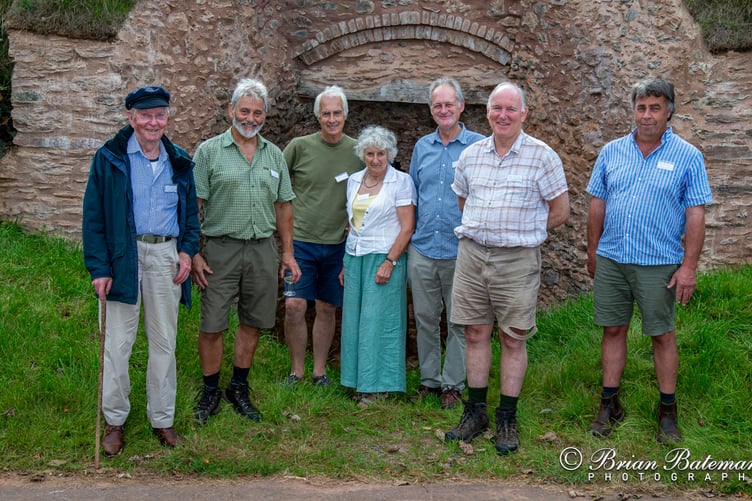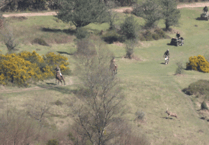A PROJECT to preserve an historic lime kiln in Aisholt in the Quantock Hills, has been completed and many of the people involved in the work attended an official opening along with interested villagers, writes Peter Baker.
Robert White, of Durborough Farm, and Peter Baker, worked on the preservation project for 18 months, along with expert stone conservator Paul Quinn leading the masonry repairs.
The lime kiln had been redundant for the past 100 years and left abandoned.
Over the years, vegetation invaded the site and obscured it from sight, while tree roots caused considerable damage to the masonry structure.
The restoration involved clearing the invasive vegetation, repairing the masonry, and creating a public access area for visitors to view and learn about the lime kiln and its role in the local industrial heritage.
Information interpretation boards have been installed and a wooden bench for people to sit and take in the surrounding landscape.
The project was undertaken with the ‘Farming in Protected Landscapes Programme’ created by the Department for Environment, Food and Rural Affairs as part of the Government’s Agricultural Transition Plan.
The scheme allows farmers and land managers to work with the Quantock Hills Area of Outstanding Natural Beauty team to provide benefits for nature, climate, people, and places.
Lime kilns were once important local industrial structures for manufacturing lime for both the building industry and agriculture.
Their purpose was to strongly heat locally-quarried limestone rock, so converting it to quick lime, which could then be slaked by adding water to make slaked lime.
This would then be used to make mortar, white wash paint, treat animal hides, and spread on the land to neutralise acidic soil to improve its fertility.
The preserved Aisholt lime kiln is easily found on the roadside and should provide an interesting site to visit for those out and about exploring the Quantock Hills.





Comments
This article has no comments yet. Be the first to leave a comment.